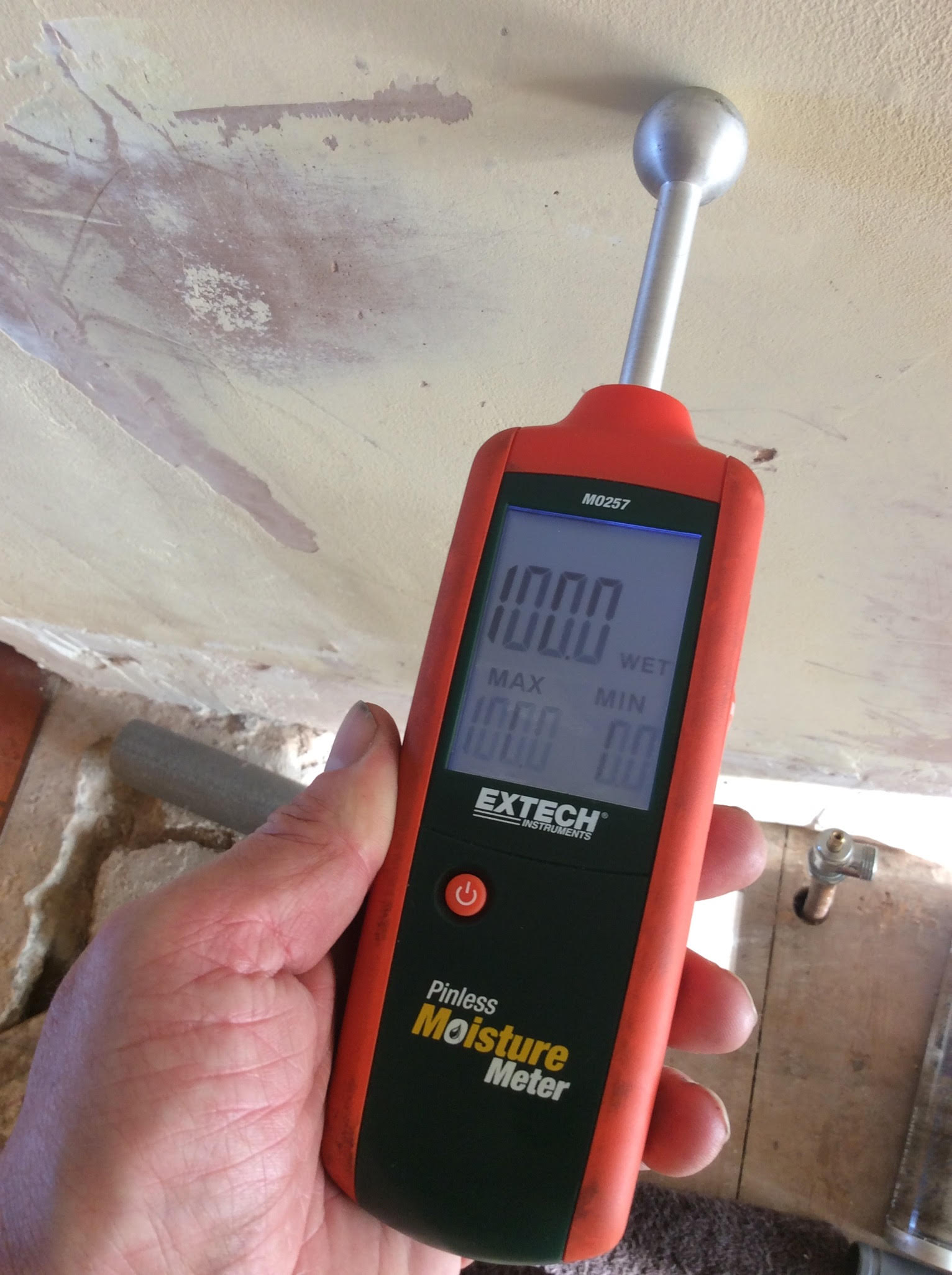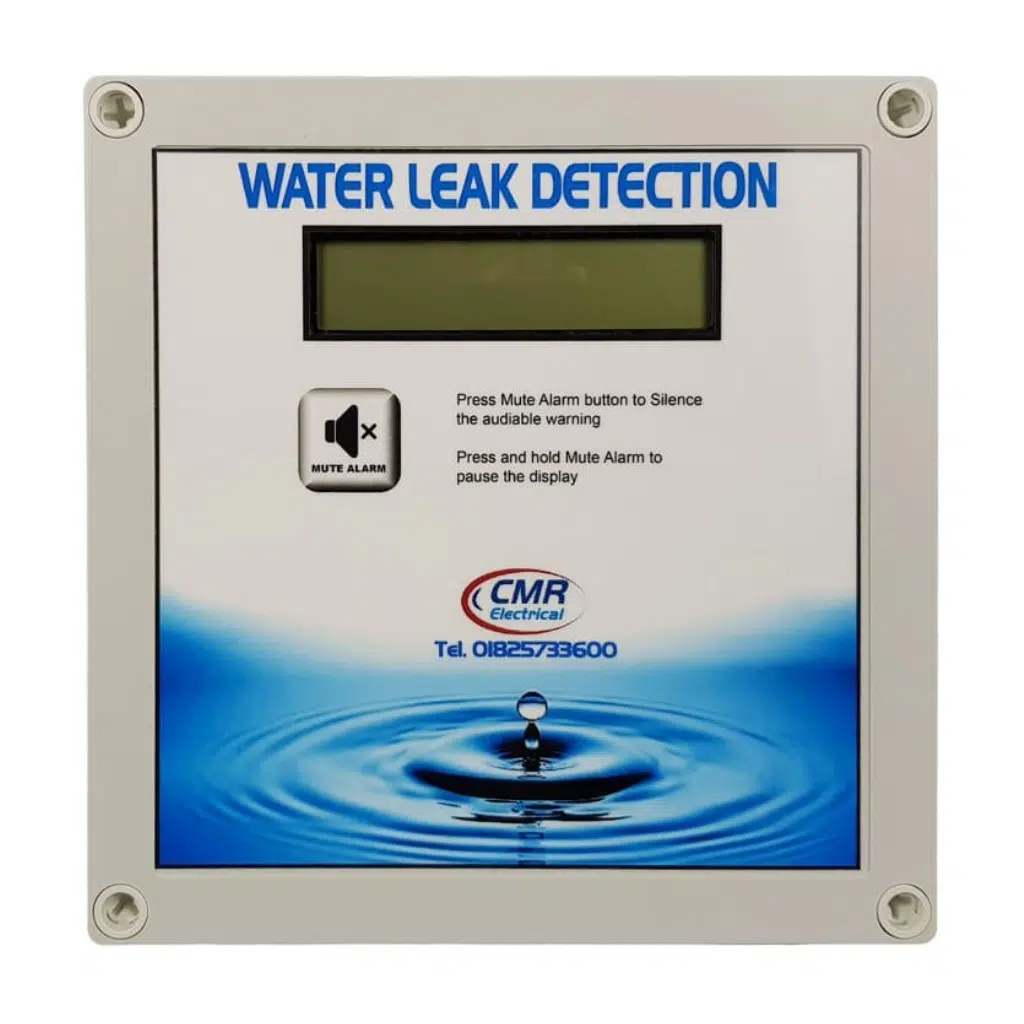Ingenious Solutions for Very Early Discovery of Water Leaks in Structures and Framework
From innovative leak detection technologies to the deployment of IoT sensors for real-time surveillance, the landscape of leak prevention is evolving swiftly. Automated water circulation analysis systems are improving exactly how leakages are identified and dealt with, paving the means for a proactive technique to water leak discovery.
Advanced Leak Detection Technologies
Advanced leak discovery technologies, furnished with sophisticated sensors and formulas, play a crucial role in quickly determining and identifying water leakages in various setups. Electromagnetic sensing units can determine changes in electromagnetic fields created by water, supplying yet an additional layer of leak detection capacity.

IoT Sensors for Real-Time Tracking
In the world of contemporary water leakage discovery, the combination of IoT sensors for real-time tracking represents a crucial development in improving positive leakage discovery capacities. These sensors use continual tracking of water systems, giving real-time information on water flow prices, stress variants, and temperature level changes. By leveraging IoT technology, these sensors can identify also the tiniest abnormalities in water use patterns, allowing very early identification of prospective leaks prior to they rise right into major concerns.
IoT sensors transmit data to a central system, where sophisticated formulas analyze the details and produce alerts or notifications when abnormalities are identified. This real-time surveillance capacity permits homeowner or facility supervisors to quickly resolve leaks, lessening water damage, minimizing repair service prices, and saving water resources.
In addition, IoT sensing units can be incorporated with building administration systems, enabling for automatic reactions to discovered leakages, such as closing off water shutoffs or turning on pumps to mitigate the effect of leaks. Generally, the application of IoT sensing units for real-time monitoring substantially boosts the efficiency and performance of water leakage detection in structures and framework.
Maker Understanding Algorithms for Leakage Forecast

One secret benefit of using artificial intelligence for leak forecast is its capacity to constantly discover and improve its precision over time. As even more data is collected and fed right into the formula, it can fine-tune its forecasts and adjust to altering conditions, eventually raising the dependability of leak discovery systems.
Moreover, equipment discovering formulas can help in recognizing subtle indicators of leaks that may go undetected by traditional monitoring approaches. water leak detection. By examining intricate data collections in real-time, these algorithms can provide early cautions and informs, enabling prompt intervention and preventative upkeep to alleviate prospective water damage and connected costs
Making Use Of Thermal Imaging for Leak Discovery
Thermal imaging innovation supplies an encouraging technique for spotting water leakages in numerous systems and infrastructures. By using infrared radiation and temperature variations, thermal imaging cams can determine surprise leaks that are not quickly noticeable to the nude eye. When water gets away from pipelines or structures, it often transforms the temperature level of the bordering area, creating temperature differentials that thermal cams can article source catch. These temperature level abnormalities are after that equated into visible images, highlighting the precise location of the leak.
One of the crucial advantages of thermal imaging for leak detection is its non-intrusive nature. In general, the use of thermal imaging technology enhances the effectiveness and accuracy of water leak detection, making it a valuable tool for keeping the integrity of buildings and infrastructures.
Automated Water Flow Analysis Solutions
Exactly how can automatic water circulation click for source evaluation systems reinvent the discovery and management of leaks in different systems and infrastructures? Automated water flow evaluation systems use an aggressive method to leakage discovery by constantly checking water circulation prices and patterns. By developing baseline information, these systems can quickly recognize deviations that may suggest a leak, making it possible for prompt treatment to stop considerable damage.
These systems utilize innovative formulas to evaluate real-time information and offer prompt notifies when anomalies are found, enabling for swift action to be taken. Additionally, automatic water circulation evaluation systems can be integrated with structure management systems or IoT systems, boosting overall effectiveness and making it possible for remote monitoring capabilities.
Additionally, the data accumulated by these systems can be used for predictive upkeep purposes, helping to recognize potential powerlessness in the facilities prior to leaks take place. Generally, the application of computerized water circulation evaluation systems can substantially enhance leakage detection and management techniques, ultimately causing cost savings, lowered water waste, and increased sustainability in buildings and framework.

Final Thought
To conclude, the combination of innovative leakage discovery modern technologies, IoT sensors, machine discovering formulas, thermal imaging, and automated water circulation evaluation systems supplies cutting-edge remedies for early detection of water leaks in buildings other and framework. These technologies allow real-time tracking, forecast of leaks, and reliable discovery methods to avoid water damages and wastefulness. Carrying out these options can help in keeping the stability and sustainability of water systems in various settings.